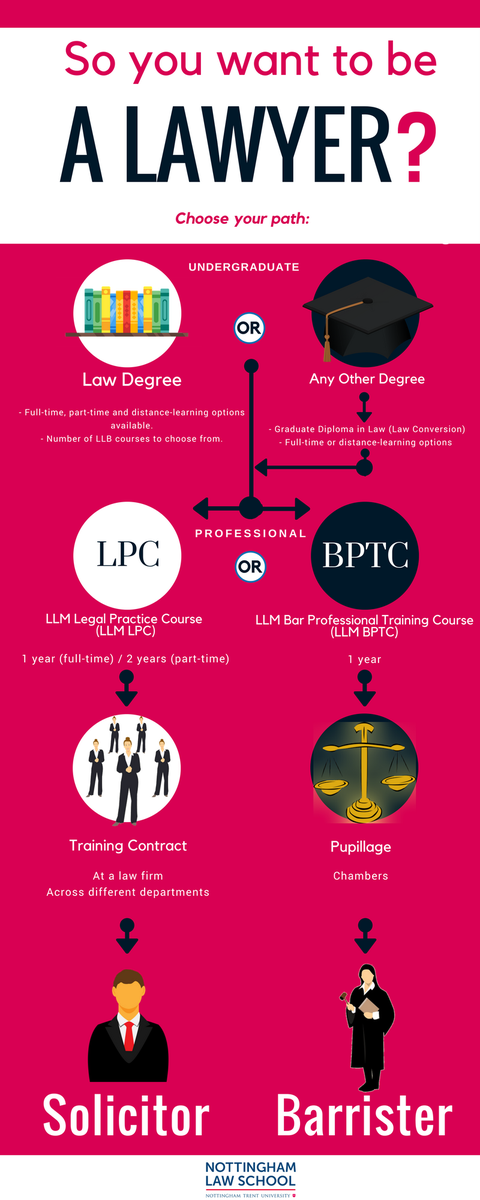When you enter a criminal test, you may be amazed by the organized procedure that unfolds. All of it begins with jury option, where possible jurors are looked at for prejudices through a technique called "voir dire." After that, both sides offer their opening declarations, setting the stage for the evidence and testimonies to follow. You'll see how the prosecution and defense build their instances, however what happens next can dramatically affect the result. Recognizing these stages can disclose the intricacies of justice, yet there's even more to uncover about the critical moments that follow.
Jury Selection Process
When it pertains to the jury option process, you're diving right into an important stage of a criminal test. This process, often called "voir dire," involves questioning possible jurors to ensure they're unbiased and efficient in delivering a fair judgment.
You'll see both the prosecution and defense lawyer participating proactively, each intending to choose jurors who straighten with their situation's narrative.
Throughout voir dire, you'll notice that lawyers ask questions concerning jurors' histories, beliefs, and experiences. Their goal is to determine any type of pre-existing predispositions that can influence a juror's decision. As mouse click the up coming internet site , you might feel a mix of anxiety and interest, yet your sincerity is vital.
After questioning, lawyers can test details jurors for cause if they think a juror can't remain neutral. They can also utilize a restricted variety of peremptory obstacles to dismiss jurors without specifying a reason.
Trial Phases Explained
The stages of a criminal trial play a vital role in ensuring a fair and organized procedure.
You'll initially encounter the opening declarations, where both the prosecution and protection outline their cases. This establishes the stage for what's to come.
Next, the prosecution provides its evidence and witnesses, aiming to verify the accused's sense of guilt past a practical question. You'll see direct assessment adhered to by interrogation, permitting both sides to challenge the presented information.
After the prosecution rests its instance, it's the defense's turn. They'll provide their proof and witnesses, typically concentrating on creating practical doubt. You'll discover that the defense doesn't need to prove virtue; they just need to test the prosecution's case.
Once both sides have presented their disagreements, you'll listen to shutting declarations, where each party summarizes their instance. This is important as it reinforces their settings prior to the jury mulls over.
Throughout these phases, the judge makes sure that the test follows lawful standards which the civil liberties of both parties are protected.
Recognizing these stages will help you appreciate the intricacies associated with a criminal test and the significance of each step in the pursuit of justice.
Decision and Punishing
Nevertheless proof has actually been presented and arguments made, the jury or court supplies a decision, figuring out the accused's regret or virtue. If you belong to the jury, you'll deliberate with your fellow jurors, talking about the evidence and your perceptions. This process can take some time, as you'll wish to guarantee every person agrees on the decision based upon the realities.
When a verdict is gotten to, it's introduced in court. If the accused is condemned, the next stage is punishing. https://www.baltimoresun.com/politics/bs-md-ci-roya-hanna-ends-candidacy-for-states-attorney-ivan-bates-clear-path-20220729-brzebaien5htpo2w42czvfeeme-story.html is when the judge makes a decision the proper penalty. You might discover that numerous elements influence the sentence, such as the extent of the crime, the defendant's previous document, and any mitigating circumstances.
The judge might enforce a variety of sentences, from fines and community service to imprisonment. Sometimes, the protection or prosecution can offer arguments pertaining to sentencing, trying to persuade the court's choice.
If the defendant is found not guilty, they're acquitted, and no punishment adheres to. Remember that a guilty judgment can commonly cause allures, where the defendant might test the judgment or the sentence enforced.
Verdict
In a criminal trial, you have actually seen just how critical each action is, from court selection to the final verdict. You've complied with the prosecution and protection as they construct their instances, aiming to convince the jury. Once deliberation finishes up, the decision identifies the end result, and if the offender is condemned, the sentencing stage begins. Comprehending these processes helps you value the intricacies of the justice system and the relevance of each function in guaranteeing a fair test.
